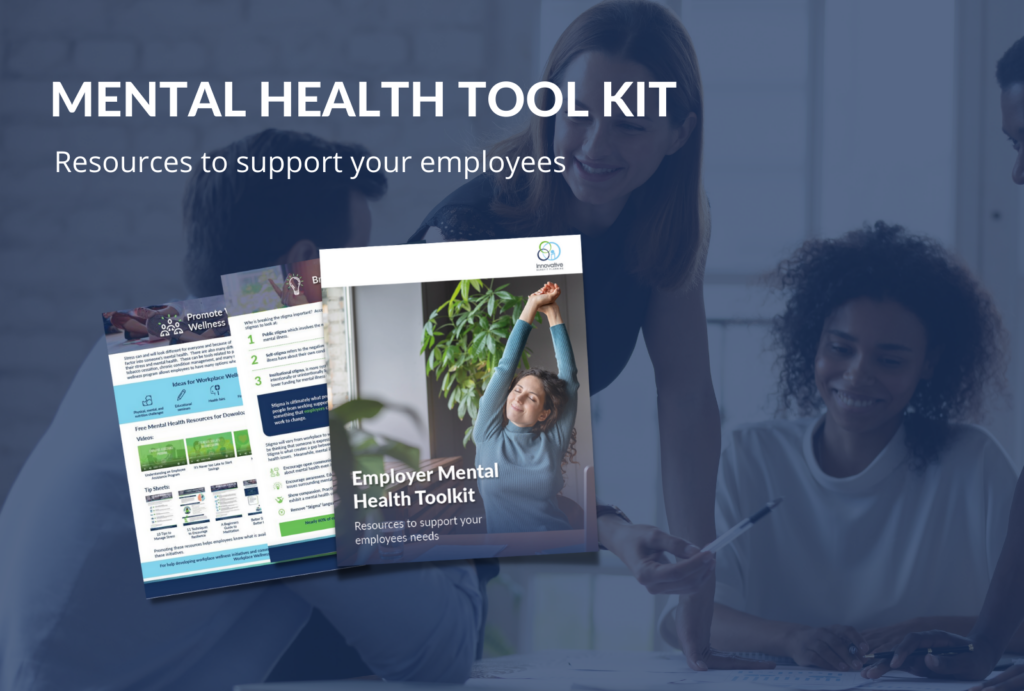37% of Employees Cite Stress for Leaving Their Job: Learn How You Can Prevent This

Employers who are already challenged to find and keep top talent amidst a tough job market may find that high levels of workplace stress are making it more difficult to assemble and sustain a solid workforce.
Recruiting and Retention
With stress levels higher than ever in the early 2020s, several recent studies directly link stress levels with organizations’ ability to retain existing employees and recruit new ones. Employees cited stress as the top reason for leaving their jobs, accounting for 37% of responses in one survey. Meanwhile, surveys of employers do not even rank job stress among the top five reasons that they lose employees. This gap indicates a greater need for employers to better understand how stress impacts the workplace, particularly how it drives employee decisions on whether to keep their job or seek new opportunities.
The role of stress is particularly important in the current tight market. The Great Resignation has driven fierce competition between companies to attract and keep talent. While stress may arise from personal or medical reasons, the most common reason Americans cite for their own stress is their work. Employees who reach the limits of their endurance and see no room for improvement begin weighing other job opportunities. Similar, high-stress workplaces are increasingly having trouble recruiting new employees when completing against less stressful environments. Providing workplace wellness programs provides organizations with a powerful tool for recruiting and retention.
How Employers Can Help Reduce Stress
April is National Stress Awareness Month, an event that reinforces the impact stress has on everyone’s physical and mental health – and reminds us how we can minimize its impact on our wellbeing.
On-the-job stress is commonly associated with long hours at work. However, recent Gallup research indicates that the more common causes include such factors as unrealistic workloads, poor internal communication, and low levels of management support for workers. Here are some steps companies are taking to help reduce employee stress.
- Make sure employees take time off. Numerous studies indicate more than half of American workers do not use all their vacation time. Create a culture that encourages everyone to take their annual leave. Monitor unused time off on a regular basis so employees know before it expires.
- Recognize employees for their work. As many people work remotely, it becomes more difficult to share successes across teams. Celebrating achievements helps people feel they are not alone or forgotten. Rewards and incentives encourage desired behaviors while expressing appreciation for hard work. Even an informal compliment or a casual “thanks” helps.
-
Encourage workplace wellness programs. Corporate wellness programs that focus on fitness, nutrition, and mindfulness tackle the root causes of stress. Regularly communicate your company’s commitment to the benefits of workplace wellness and promote your support services, such as Employee Assistance Programs (EAP) counseling and gym memberships.
- Promote mental health resources. Most companies offer an EAP, yet too many fail to fully leverage their benefits. Studies show EAPs return more than eight times their investment through higher productivity and lower absenteeism. Consider offering an enhanced EAP service that provides extra services beyond your current offerings.
- Make sure employees take regular breaks. Taking a lunchtime or mid-afternoon walk break provide stress-easing exercise and a change of scenery. Even a periodic five-minute stroll around the office offers physical activity plus a mental break.
- Allow flexible work hours. The pandemic has placed new emphasis on work/life balance. Allowing employees more flexibility to set their own schedules helps them better coordinate their home and office lives while giving them more control over daily tasks.
- Encourage open communication. An open-door policy that encourages employees to discuss questions and concerns with supervisors or other leaders helps employees voice their frustrations and feel more comfortable in the workplace.
- Ask for employee feedback. Make sure you hear from all the employees. Solicit feedback through surveys and team meetings. Actively seek input on ways your company can address challenges such as work/life balance.
- Provide natural lighting in the work environment. Using bright colors and natural light to brighten up the workplace reduces stress. Letting employees organize, decorate, and personalize their workspaces also helps them feel more comfortable and in control. Create quiet spaces, bring in live plants, and similar aesthetics also create a less stressful environment.
- Minimize office noise and technology distractions. As with lighting, keeping noise levels low improves employee comfort levels and productivity. Events such as “meeting-less Fridays” or one afternoon each week without emails, texts, or Zoom calls provides quiet opportunities to focus on work without distractions.
- Provide on-site or distance counseling. Counseling can provide targeted assistance to help employees deal with individual causes of their stress. The more options employees have, the more likely they are to seek the support they need.
- Encourage social activity. Shared spaces and organized events encourage stress-busting interpersonal interactions. Games and contests encourage people to relax and get to know each other better. Animals are also a proven stress reliever, so consider a Puppy Play Day or “Bring Your Pet to Work” event to break up the workday. See how we celebrated here in our office!


Implementing a variety of techniques to reduce employee stress and burnout allows you to experiment and find which approaches work best in your particular environment. Less stress means a more favorable work environment that helps boost employee retention and recruiting.

12 Page Guide to Assist Employers in Addressing Mental Health in the Workplace
It’s no secret that work-related factors, especially during the pandemic, are impacting employee’s mental health. Download our tool kit for ideas and solutions to support and promote mental health in the workplace including an action plan to train front line managers.
Categories
Archive







